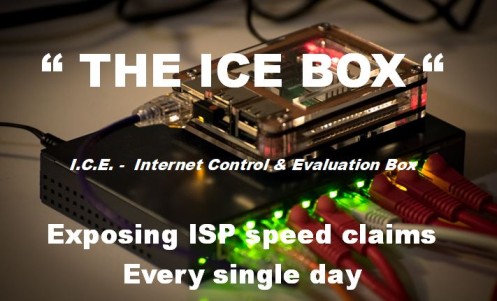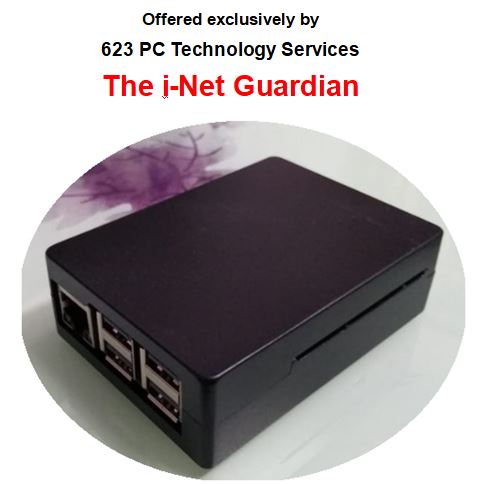
Here’s Why your cellular 5G is so damn slow and does not work well and why 4G is so much better
The Truth Behind 5G’s Slow Speed and Performance Issues
Introduction:
Although the 5G roll-out began in 2018-2019, in this era of advanced technology, the introduction of 5G promised lightning-fast internet speeds and seamless voice connectivity. However, many users are left disappointed with the slow speed and poor performance of this new network. In this post, I’ll try to explain and explore the reasons behind 5G’s sluggishness and compare it to its predecessor, 4G, which has (to date) proven to be a much more reliable and efficient option.
The Challenges of 5G:
Despite the hype surrounding 5G, there are several challenges that contribute to its slow speed and performance issues. One of the main reasons is the limited coverage of 5G networks. Unlike 4G, which has a widespread infrastructure, 5G networks are still in the early stages of deployment. As a result, many areas still lack proper 5G coverage, and users often struggle to connect to the network or experience frequent disconnections.
For example, in densely populated urban areas, tall buildings and other structures can block and weaken the 5G signal. Even in less populated areas, geographical features like hills, trees, or even bad weather conditions can interfere with the 5G signal, resulting in a slower and less reliable connection.
Another factor impacting 5G’s performance is its high-frequency spectrum. While high-frequency bands enable faster data transfer rates, they have a significantly shorter range compared to lower frequencies. This means that 5G signals can be easily obstructed by buildings, trees, or even bad weather conditions. As a result, users may find that their 5G connection becomes weak or unreliable when they are not in direct line-of-sight with a 5G tower.
For instance, if you are indoors or in a location with obstacles between you and the nearest 5G tower, the signal may struggle to penetrate through walls or objects, resulting in a slower and more unstable connection. Moreover, even small objects such as trees or vehicles can obstruct the 5G signal, leading to a degraded experience.
Additionally, the ongoing development of 5G infrastructure means that the technology itself is still evolving. This leads to compatibility issues with older devices that are not equipped to handle the advanced capabilities of 5G. As a result, users may experience slower speeds or even complete incompatibility with their current devices, requiring them to upgrade to 5G-compatible devices to fully utilize the network’s potential.
For example, older smartphones or other devices that were designed for 4G may not have the necessary hardware or software to effectively connect to and utilize 5G networks. This can lead to slower speeds and performance issues when trying to access the internet or use data-intensive applications on these devices. Additionally, even newer devices that are 5G-compatible may not fully utilize the potential of the network if they are not equipped with the latest technology.
The Advantages of 4G:
While 5G may have its limitations, 4G has proven to be a much more reliable and efficient technology. One of the main advantages of 4G is its extensive coverage. Over the years, telecommunication companies have built a robust and widespread infrastructure for 4G networks, ensuring that users can connect to the internet even in remote areas. This widespread coverage makes 4G a more accessible option for users who require stable internet connectivity.
For instance, in rural or remote areas where 5G infrastructure is yet to be deployed, 4G networks provide a reliable means of staying connected to the internet. This is particularly important for individuals living in these areas who rely on the internet for work, education, or other essential activities.
Another key advantage of 4G is its stability and consistency. With 4G, users can enjoy a consistent internet connection without experiencing frequent disruptions or disconnections. This is especially important for applications that require real-time data transfer, such as video conferencing or online gaming. The reliability of 4G makes it a preferred choice for users who prioritize a seamless online experience.
Moreover, 4G technology is well-established and compatible with a wide range of devices. Whether you have a smartphone, tablet, or laptop, chances are it will work seamlessly with 4G networks. This broad compatibility ensures that users do not have to invest in new devices to access high-speed internet, making 4G a cost-effective option for many.
Wrapping Up:
While 5G holds great promise for the future, it is still in its early stages of development, leading to slow speed and performance issues. The limited coverage, high-frequency spectrum, and compatibility challenges are some of the reasons behind these issues. However, as technology continues to evolve and 5G infrastructure expands, these challenges are expected to be overcome. On the other hand, 4G offers extensive coverage, stability, and compatibility with a wide range of devices, making it a more reliable choice for users in the present. As users wait for 5G to reach its full potential, they can continue to enjoy the benefits of 4G’s reliable and efficient connectivity.






